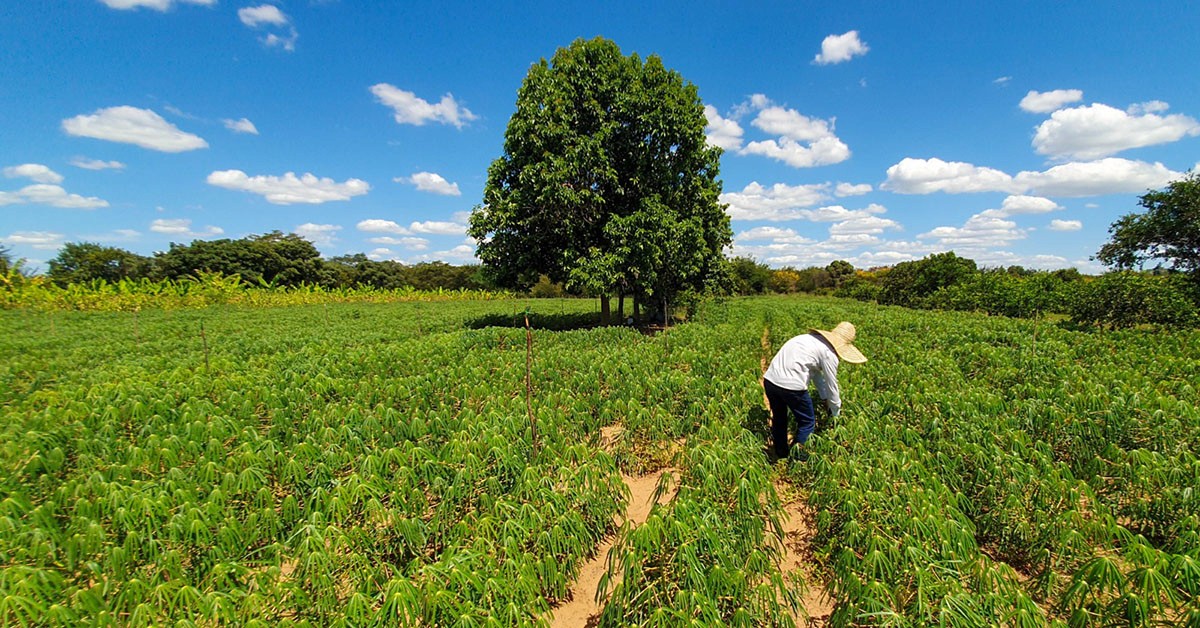Rural Credit Default is Impacted by Cereal and Fertilizer Prices
Bitcoin Block
Oct 21, 2024
Brazilian agribusiness has long been one of the most important sectors of the country's economy, being highly profitable and strategic. However, one of its main characteristics was

Brazilian agribusiness has long been one of the most important sectors of the country's economy, being highly profitable and strategic. However, one of its main characteristics was its reliance on bank credit, which limited financing from private investors. With recent changes in agricultural laws, this reality began to shift. New financial instruments, such as Agribusiness Receivables Certificates (CRAs) and Investment Funds in Agro-industrial Production Chains (Fiagros), have expanded the participation of more than 1.5 million investors, generating nearly R$ 1 trillion in assets in the sector.
However, since 2021, with the increasing traction of these assets in the market, the sector has also observed a rise in default rates and requests for Judicial Recovery (RJ), raising concerns about the risks involved in financing agribusiness. A recent study by Rivool Finance analyzed the factors affecting rural credit defaults, highlighting the strong influence of macroeconomic variables such as exchange rates, the cost of credit, and especially the prices of grains and fertilizers in the international market.
Cereal Prices: The Key Factor
Among all the variables analyzed, international cereal prices were identified as the most relevant factor in explaining rural credit defaults in Brazil. Approximately 48% of the variations in default rates are attributed to fluctuations in this market. During periods of high cereal prices, such as during the COVID-19 pandemic, producers saw their revenues rise significantly, allowing them to maintain their operations and more effectively repay their debts.
On the other hand, as commodity prices began to stabilize and, in some cases, decline, producers' profit margins were reduced, directly impacting their ability to make payments and increasing default rates.
Exchange Rates and Credit Costs
In addition to cereal prices, exchange rates and credit costs influence default levels, although somewhat. The exchange rate affects about 18% of default rate variations over 12 months, mainly because many agricultural inputs, such as fertilizers, are imported. Despite representing 11% of default rate variations, the cost of credit has its most significant impact in the short and medium term, peaking in relevance between the fourth and sixth months after the credit is taken.
The table shows how different variables impact rural credit default rates over time. One of the main highlights is the cost of credit, which has a relatively high short-term elasticity of around 3.795. This means that a 1% increase in credit costs leads to an increase of about 3.8% in default rates. This effect is most significant between months 4 and 6, showing an immediate and substantial short-term impact. However, in the long term, credit cost elasticity is zero, indicating that over time, producers can adjust to these variations, neutralizing their effect on default levels.
As for fertilizer prices, the short-term elasticity is moderate, with a value of 0.699, and its significant effect occurs between months 3 and 5. However, the impact becomes much more pronounced long-term, with elasticity reaching 3.865. This shows that while rising input costs do not cause immediate problems, they accumulate over time, significantly increasing default rates as producers face higher production costs.
International cereal prices are the most influential variable on rural credit defaults. In the short term, the elasticity is -6.296; in the long term, it reaches -9.273. This means that a 1% increase in cereal prices reduces approximately 6.3% in short-term defaults and an even more significant drop of about 9.3% in the long term.
When cereal prices were high, as during the recent spike driven by the COVID-19 pandemic, producers saw their revenues increase substantially, allowing them to maintain their operations and amortize their debts. Producers' profit margins were affected by the stabilization and subsequent decline in commodity prices due to supply chain normalization and reduced demand. Moreover, the cyclical nature of commodity prices directly affects the rural credit market, which is also subject to default cycles.
The study suggests several important measures to mitigate default risks. One strategy is to develop more accurate forecasting tools that can incorporate variations in commodity prices, such as cereals and exchange rates. Another approach is to diversify rural credit portfolios. By spreading loans across different regions, types of producers, and crops, managers can reduce their exposure to specific commodity market shocks.
Public policies also play a role in reducing defaults. One recommended measure is to reduce the frequency of debt renegotiations, a practice that can encourage risky behavior among producers. Furthermore, limiting the indiscriminate use of judicial recoveries is necessary, as they tend to harm the credit market as a whole, increasing financing costs for good payers.
Cristiano Oliveira – Head of Research at Rivool Finance